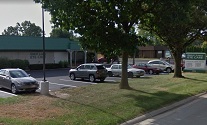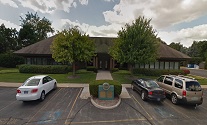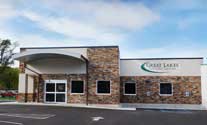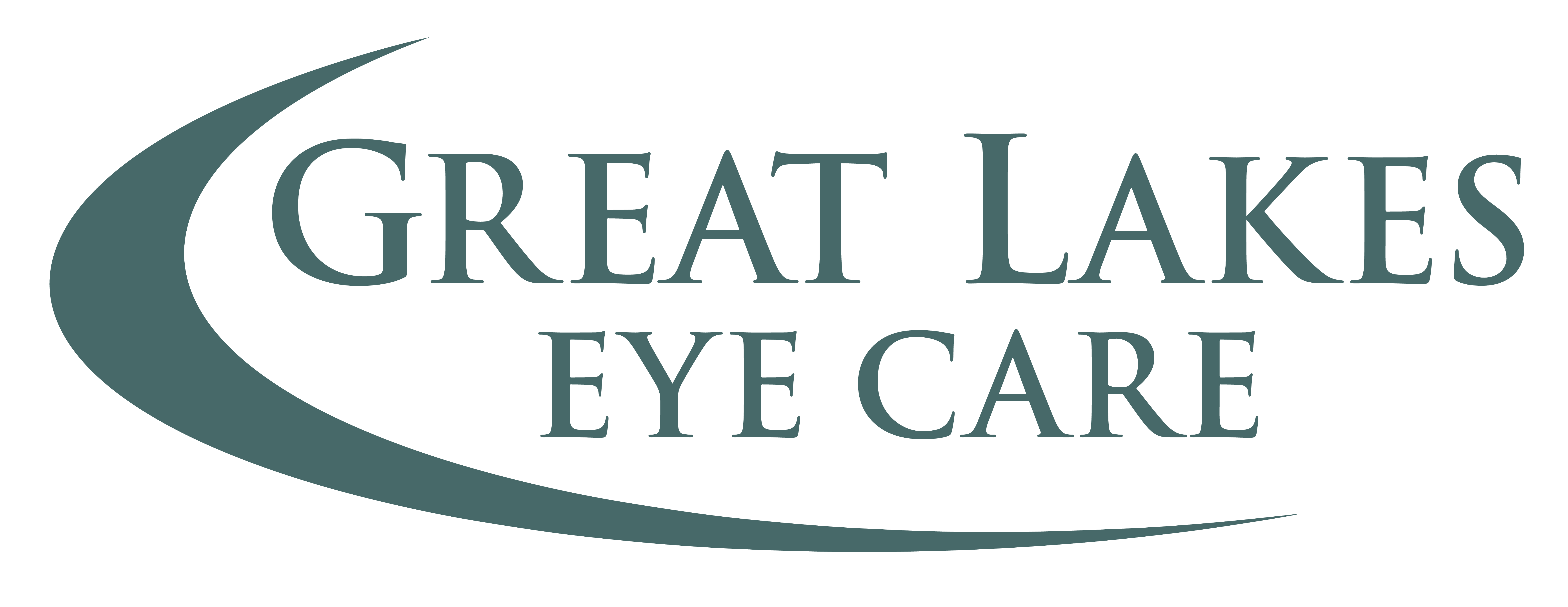PRK
PRK, or Photorefractive Keratectomy, used to be the most common refractive surgery procedure prior to the advent of LASIK. PRK was the first procudure to use an excimer laser to treat many types of refractive errors, including nearsightedness (myopia), farsightedness (hyperopia) and astigmatism. It is still the procedure of choice for certain patients.
How Does It Work
After numbing the eye with anesthetic eye drops, the physician gently removes epithelium, a thin layer of tissue covering the cornea.
The excimer laser applies a cool beam of light, which gently reshapes the cornea, allowing images to be more sharply focused by the retina to correct the individual refractive error.
After the cornea is reshaped, the epithelium is allowed to grow back naturally and takes 3-5 days to heal.
Advantages
PRK can be a viable option over LASIK due to the following:
• A long history of very effective results
• Eliminates flap-related complications
• Works better for patients with thin, irregular or scarred corneas
• Is preferred for patients with larger pupils
LASIK
Similar to PRK, LASIK uses an excimer laser to correct refractive errors. Today, LASIK is the most popular form of laser vision correction.
How Does It Work
The surgeon creates a small protective flap of corneal tissue that is gently lifted back.
The excimer laser apples a cool beam of light, which gently reshapes the cornea, allowing images to be more sharply focused by the retina to correct the individual refractive eorror.
Advantages
LASIK can be a viable option over PRK due to the following:
• Optimum visual recovery is achieved sooner
• Lower post-operative discomfort
• Fewer post-operative visits required
• Can correct a wider range of refractive errors
• Recovery time is typically shorter
Candidates
Ideal PRK and LASIK candidates should be at least 18 years of age and have had a stable eye prescription for at least on year. Patients with dry eyes, cataracts and degenerative or autoimmune diseases are not good candidates. People with certain medical conditions or pregnant and nursing women may not be good candidates.
Call today to see if you are a good candidate for a free PRK/LASIK screening!
Brittany Knuth – Lasik Coordinator
269-428-3300 Ext. 224

At Great Lakes Eye Care our mission is to preserve and restore eye care in our community and around the world.
Login
With four convenient office location we offer patients the highest quality medical treatments within an atmosphere of personalized care.d restore eye care in our community and around the world.






